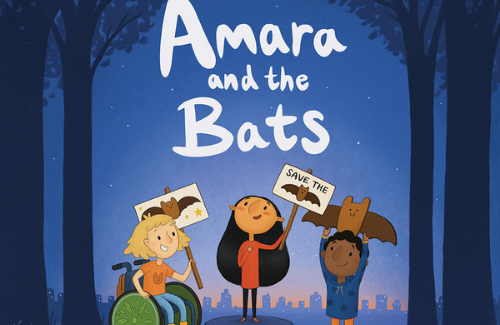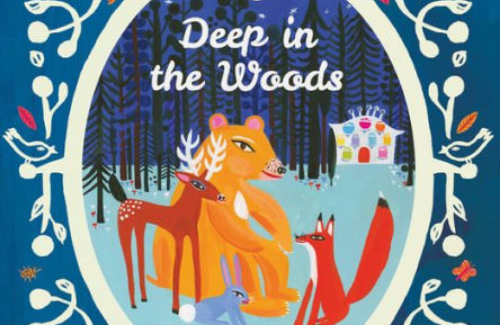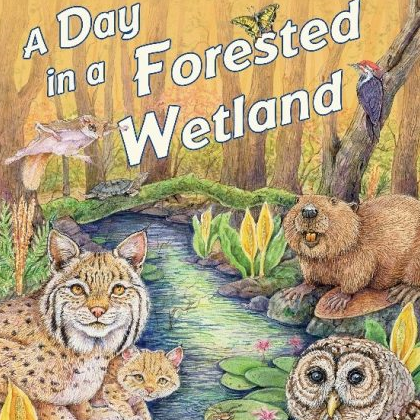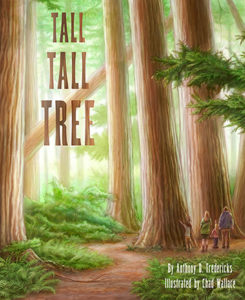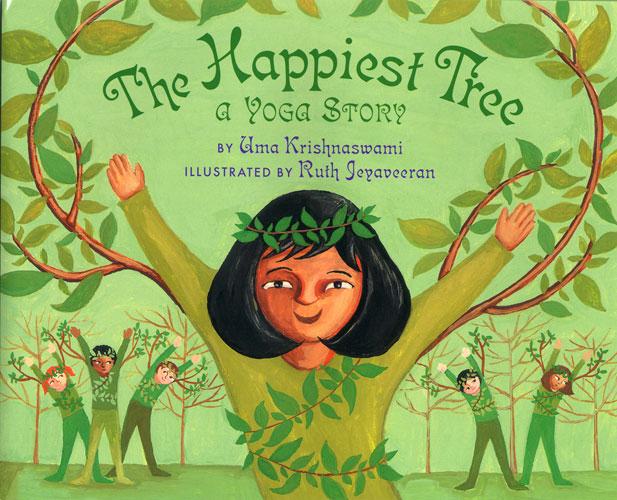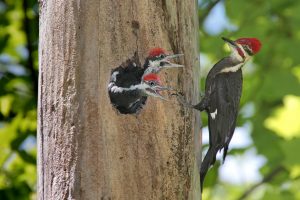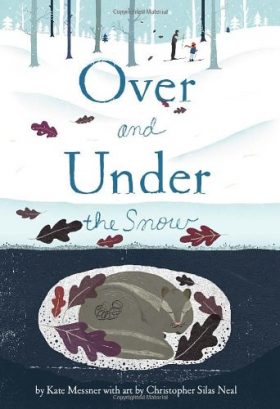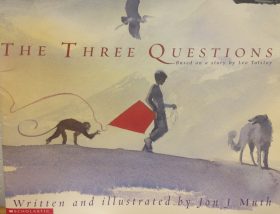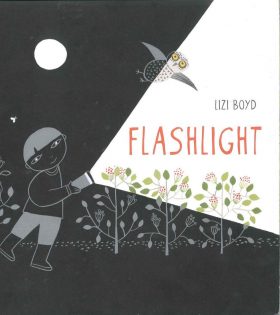Halloween is a great time to think about bats and their vital role in our ecosystems. Follow Amara on her mission to bring bats to her local park and help people appreciate their importance. Use this children’s book to learn the truth about bats, and to share facts about these amazing–yet often misunderstood–creatures.
Can one little hideaway be a home to a host of woodland creatures? Learn about a Russian folk tale and encourage early learning along the way.
Introduce biodiversity to young readers through this nonfiction picture book that explores a typical day for animals that call a soggy forest home.
Use this book’s beautiful, scientifically-accurate illustrations, playful rhymes, and a game of search-and-find, to help children in grades K-4 experience the majesty of redwood trees.
The word “yoga” derives from a Sanskrit word “yuj,” meaning “to unite or integrate.” This book embodies Sanskrit’s yuj and can be used to integrate multiple discipline areas.
Meet plants and animals living in, on, and around trees and how they depend on trees to survive.
Grade K-5 readers are invited to play a game of I Spy to find urban wildlife along with this story’s main character, a family dog named Scooter.
Use this book with grades K-4 to explore winter habitats, biodiversity, and even predator-prey relationships that all take place over and under the snow.
Who do you trust? Using the different and diverse perspectives of his animal friends, a young boy ultimately finds the answers he searches for.
Using no words and a dramatic color palate, this book follows a little boy who leaves his tent to explore the environment in the dark.
